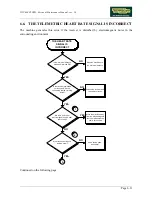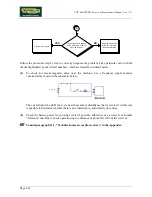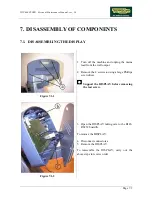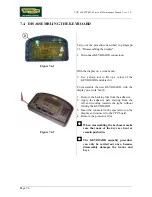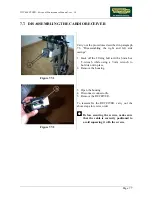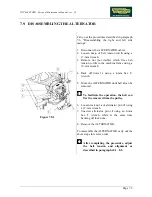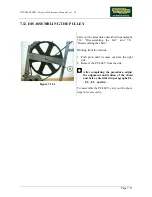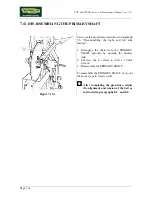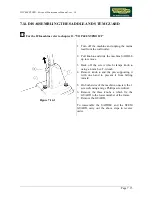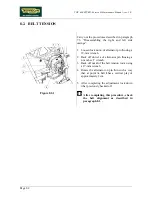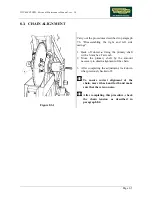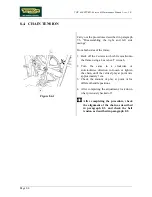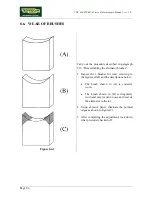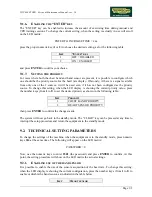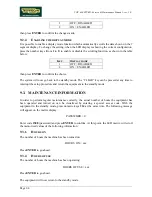
TOP 600 XTPRO: Service & Maintenance Manual - rev. 2.0
7.12. DISASSEMBLING THE PULLEY
Figure 7.12-1
Carry out the procedures described in paragraphs
7.10. “Disassembling the belt” and 7.11.
“Disassembling the chain”.
Working from the left side:
1. Push pin
a
until it comes out from the right
side.
2. Remove the PULLEY from the side.
After completing the procedure, adjust
the alignment and tension of the chain
and belt as described in paragraphs 8.1.
, 8.2. , 8.3. and 8.4. .
To reassemble the PULLEY, carry out the above
steps in reverse order.
Page 7.13
Summary of Contents for Top 600 XTPRO
Page 1: ...SERVICE MAINTENANCE MANUAL REV 2 0...
Page 2: ......
Page 4: ......
Page 8: ...TOP 600 XTPRO Service Maintenance Manual rev 2 0 Page iv Page intentionally left blank...
Page 18: ...TOP 600 XTPRO Service Maintenance Manual rev 2 0 Page 2 8 Page intentionally left blank...
Page 26: ...TOP 600 XTPRO Service Maintenance Manual rev 2 0 Page 4 2 Page intentionally left blank...
Page 58: ...TOP 600 XTPRO Service Maintenance Manual rev 2 0 Page 7 18 Page intentionally left blank...
Page 70: ...TOP 600 XTPRO Service Maintenance Manual rev 2 0 Page 9 6 Page intentionally left blank...
Page 82: ......
Page 83: ...TOP 600 XTPRO Service Maintenance Manual rev 2 0 Page intentionally left blank Page 11 1...
Page 84: ......
Page 93: ......

